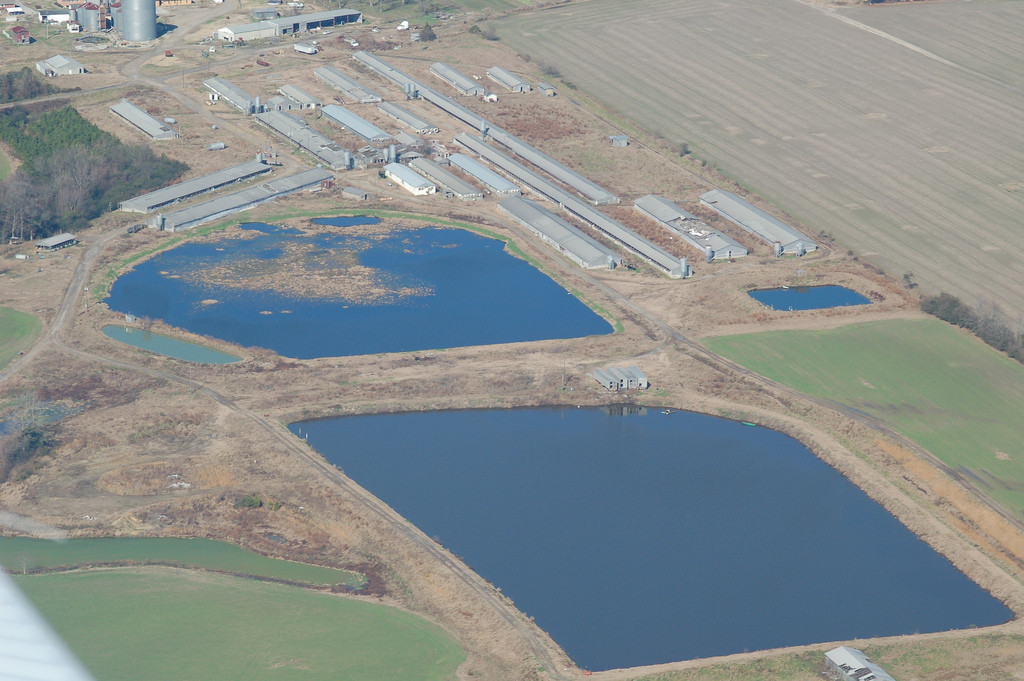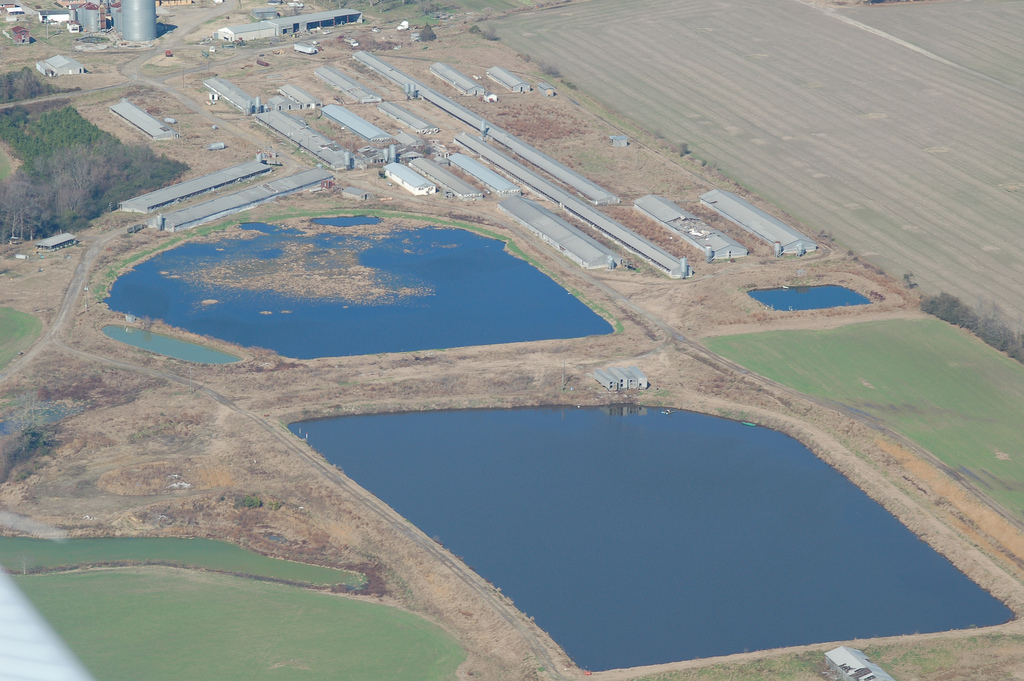
We should start by clearing up a myth: A factory “farm” is no farm at all. It’s quite simply an animal factory built for efficiency. Approximately 70 billion farm animals worldwide call these places home – including chickens, turkeys, cows, pigs, goats, and sheep.
Factory farming strives to produce the highest output of meat, milk, and eggs at the lowest cost. It relies heavily on economies of scale, modern machinery, and biotechnology. There’s nothing wrong with that – it makes good business sense. But there’s more to the story.
Many factory farms use a production process known as Animal Feeding Operations – or AFOs. According to the EPA, an AFO is an operation that “congregates animals, feed, manure and urine, dead animals, and production operations on a small land area. Feed is brought to the animals rather than the animals grazing or otherwise seeking feed” in pastures or fields. According to the USDA, there are approximately 450,000 AFOs in the United States.
About 15% of AFOs are defined as CAFOs – Concentrated Animal Feeding Operations. The EPA defines a CAFO as an AFO with more than 1000 animal units confined for more than 45 days a year. Any size AFO that discharges manure or waste-water into a natural or man-made ditch, stream, or other waterway is defined as a CAFO, regardless of size.
For decades, many have debated whether the pros of factory farming – such as the efficiency of food production to feed a growing population – outweigh the cons, which include the environmental impact, human health risks, and ethical questions such as animal welfare.
**********
.
Web Links
Photo, posted January, 14, 2009, courtesy of Friends of Family Farmers via Flickr.
.
Earth Wise is a production of WAMC Northeast Public Radio.
